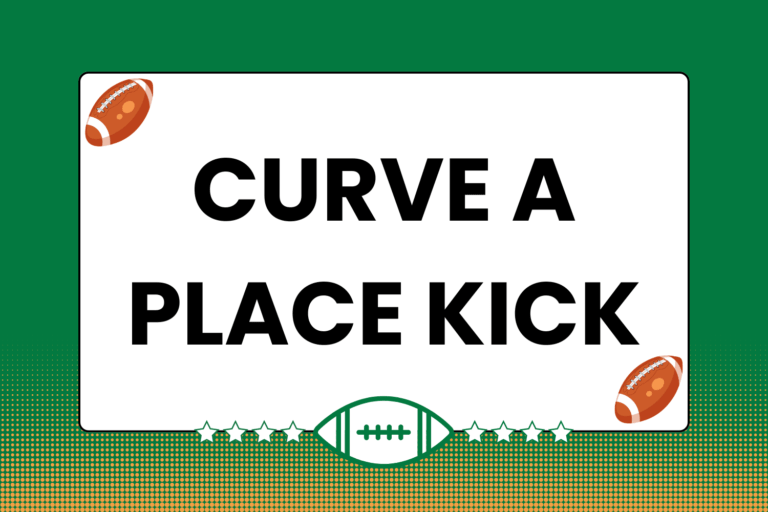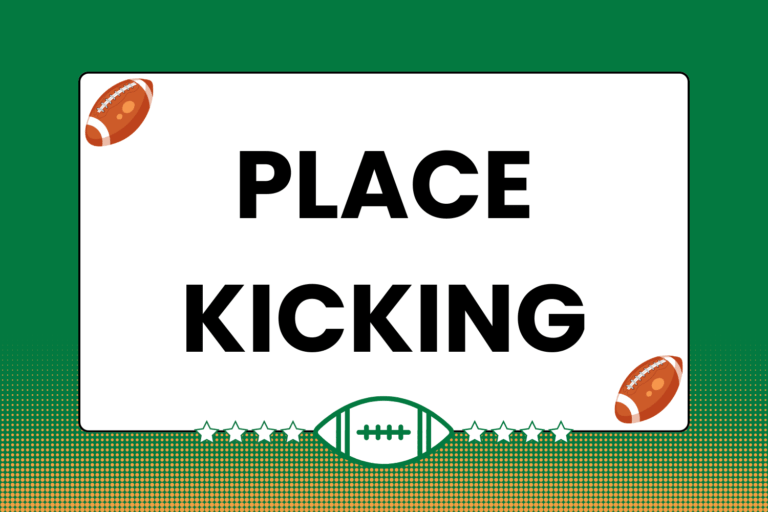There are essentially two groups of players on each side of a rugby match: The Forwards and the Backs. Many comparisons have been made about the different characteristics of these two groups, ranging in nature from mostly objective observations (forwards are big; backs are fast) to more subjective associations (forwards are meatheads with very limited ball-handling skills; backs are dainty creatures who don’t like to get their uniforms dirty).
Although the subjective comparisons are usually humorous and an excellent source of debate, this explanation of the different rugby positions – including various names and responsibilities inherent in each – will strive for an objective tone, in the hopes that doing so will make it easier to understand the identity of each position.
This guide will feature information about the various Backs positions in rugby. For information on the Forwards positions, please go to the “Rugby Positions Explained- The Forwards” guide.
Life in the Back Line
The backs (Nos. 9 through15 Union, 1 through 7 League), or back line, of a team consist of the smaller, faster players who are better able to pass and kick the ball down the field (though good ball-carrying abilities are prized in forwards). The backs do the majority of carrying the ball, as well as scoring, over the course of a match, though they’re also involved in the physical elements of the game.
All backs are expected to have speed, make accurate passes and have the ability to observe and react to several things happening at once on the pitch. Possessing a skill like kicking is considered specific enough that only a few backs will regularly attempt it. Here is a list of the assorted backs positions, including the responsibilities for each and different jersey numbers/names they’re associated with, depending on the code of rugby:
Scrum Half

Fly Half
Essentially the same position, in Union it’s called Fly Half, and in League it’s stand-off, wearing numbers 10 and 6 respectively. The fly half/stand-off is responsible for directing the other backs into appropriate places on the pitch during a match, much like the hooker guides the movements of the forwards. Aside from normal backs skills, these players will do much of the kicking during a game, and are expected to make long and elaborate passes.
Centers
Centers wear numbers 12 & 13 in Union, and 3 & 4 in League. Centers are expected to be versatile players, capable of both running the ball well on offense and making repeated tackles on defense. Depending on a center’s size and skills, they are often employed to accomplish the same end by different means. A smaller, faster center would run in an elusive pattern, effectively getting more defensive players than necessary to purse him/her. This is referred to as creating an overload – which is in an attempt to create an opening for another back. A bigger, stronger center would launch straight ahead and draw defensive players to them, also creating an overload for the same purpose.
Wings
The Wings (or wingers), earing numbers 11 &14 in Union and 2 & 5 in League, are usually the fastest and most agile players on a team, capable of running quickly straight ahead and side-stepping around multiple opponents. Their positions put them as the players closest to the touch lines. Because of this, they don’t carry the ball quite as much as the other backs, though they’re often in the position to finish a run and score a try.
On defense, at least one wing will usually hang back and support the fullback after a free kick, providing the fullback at least one option if defensive players close in quickly. Wings should also be comfortable kicking and catching the ball on the run.
“I prefer rugby to soccer. I enjoy the violence of rugby, except when they start biting each other’s ears off.”
Elisabeth Taylor
American actress
Fullback
The Fullback, wearing number 15 in Union and 1 in League, is best known for doing one of three things: Catching a free kick from the other team, kicking the ball off to the other team, or providing the last line of defense between the ball carrier and that fullback’s try line. The fullback will almost always hold back from attacking plays in case the ball is turned over and kicked away. Sometimes, though, the fullback will line up between the centers and wings to be used as an extra attacker. The fullback is also expected to have superb field vision, and subsequently, be able to catch a free kick and run 30 to 50 meters between opponents to start a counter-attack.
Backs Sub-categories
The names for the sub-categories of backs refer to the distance between the pack (starting point) and the fullback (ending point) each group positions themselves. The half backs, for example, are located immediately adjacent to the scrum, while the other backs are farther away.
- Half Backs (Union)/Halves (League): The scrum half and fly half in Union make up the half backs, while the scrum half and stand-off make up the halves in League.
- Three-quarters (both Union and League): In both Union and League, the centers and wings make up a group called the Three-quarters backs.
Staying Mobile
While the forwards handle the majority of the physical play, it falls on the backs to properly maneuver the team into scoring position. They must make precision passes, possess reflexes on par with a mongoose, and be able to turn on the jets at a moment’s notice.





